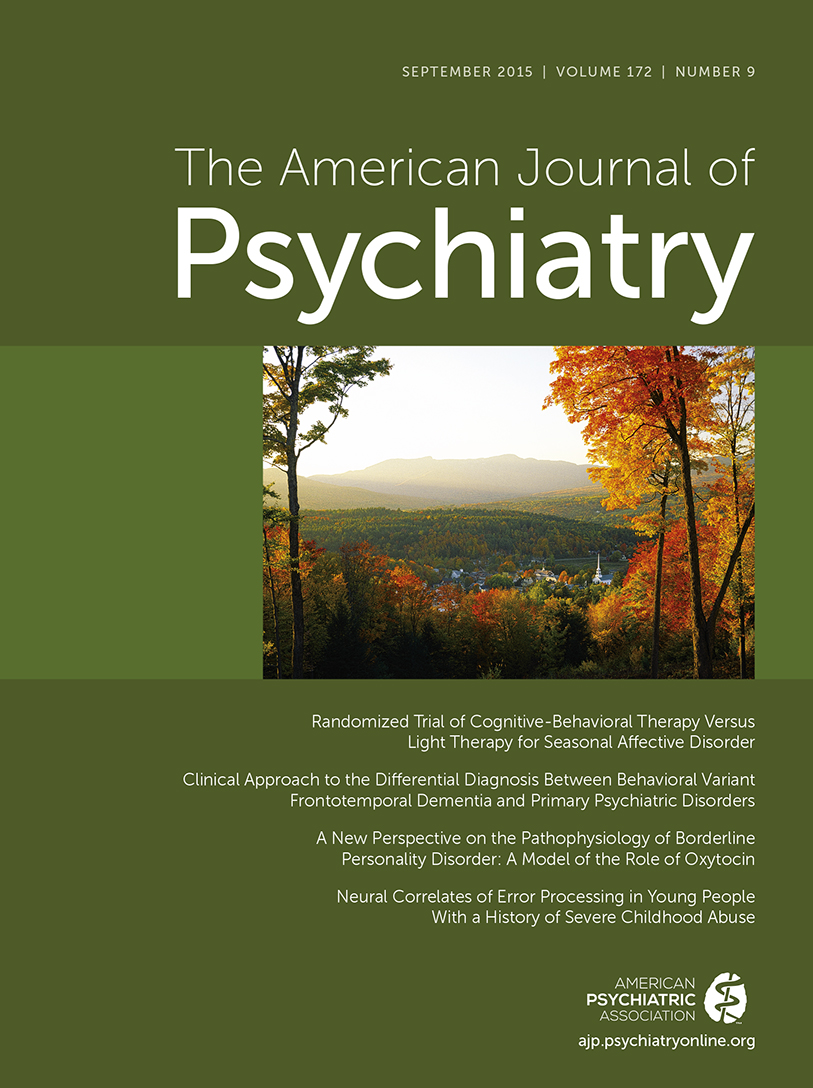Neural Correlates of Error Processing in Young People With a History of Severe Childhood Abuse: An fMRI Study
Abstract
Objective:
Childhood maltreatment is associated with various cognitive deficits, including inhibitory deficits and hypersensitivity to negative feedback. The authors used a stop-signal task to investigate the association between severe childhood abuse and inhibitory and error processing brain activation in medication-naive, drug-free young people with and without severe childhood abuse, controlling for psychiatric comorbidities by including a psychiatric control group.
Method:
Using functional MRI, the authors compared brain activation in 22 age- and gender-matched young people exposed to severe childhood abuse, 17 psychiatric comparison subjects matched for psychiatric diagnoses with the abused group, and 27 healthy comparison subjects during an individually adjusted tracking stop-signal task designed to elicit 50% inhibition failures.
Results:
During failed inhibition, the childhood abuse group showed increased brain activation relative to the healthy comparison group in typical error processing regions of the dorsomedial frontal cortex, including the left and right presupplementary and supplementary motor area and anterior cingulate cortex. The increased activation in a smaller cluster in the supplementary motor area survived comparison with the psychiatric comparison group. No group differences in activation were observed for successful inhibition.
Conclusions:
The findings suggest that severe childhood abuse is associated with abnormally increased activation in classical dorsomedial frontal error-processing regions; furthermore, the increased activation in the supplementary motor area was abuse specific. However, childhood abuse was not associated with inhibitory dysfunction. Increased sensitivity of error-detection networks in participants in the childhood abuse group may be due to the constant need to monitor their own actions in order to avoid painful mistakes, which are often associated with harsh punishment in abusive settings.



